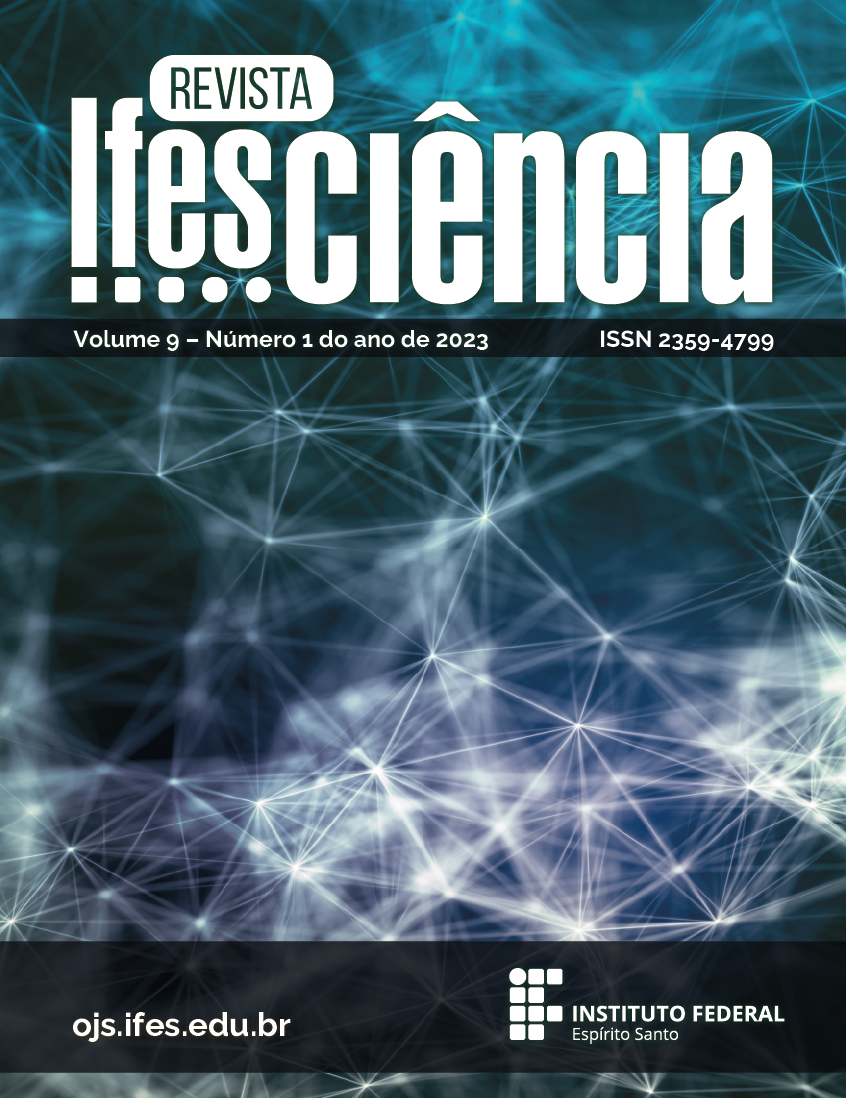APPLICATION OF THE H&S MODEL FOR THE ADVANCED EXERGY ANALYSIS OF AN ORGANIC RANKINE CYCLE
DOI:
https://doi.org/10.36524/ric.v8i1.1851Palabras clave:
exergoeconomics, ORC, power cycle, thermoeconomics, waste heatResumen
In order to carry out the advanced exergy analysis of a system, an exergoeconomic-based approach is required. The Specific Exergy Costing method is chosen for this. Thus, there is a gap in the literature regarding the application of other approaches. An alternative is the H&S Model, which was originally proposed to solve the cost allocation problem in power cycles. Therefore, the objective of the present paper is to verify whether the H&S Model is able to be adapted for the purpose of performing advanced exergy analysis. The power cycle taken as a case study is an organic Rankine cycle, which is fed with waste heat and uses R-245fa as the working fluid. Both conventional and advanced exergy analyses are done for a base case. In addition, a parametric analysis is performed to check the consistency of the H&S Model. Regarding the results of the case study, the conventional exergy analysis indicated that the evaporator should be the priority to improve the cycle. On the other hand, the advanced exergy analysis showed that the greatest amount of the avoidable exergy destruction was also endogenous and associated with the expander. The results also showed that the adaptation of the H&S Model is possible when considering the base case. It has also been shown that such an adaptation is consistent when taking into account the parametric analysis.
Descargas
Publicado
Número
Sección
Licencia
Derechos de autor 2023 Revista Ifes Ciência

Esta obra está bajo una licencia internacional Creative Commons Atribución-NoComercial-SinDerivadas 4.0.
Autores que publicam nesta revista concordam com os seguintes termos:
- Autores mantém os direitos autorais e concedem à revista o direito de primeira publicação, com o trabalho simultaneamente licenciado sob a Licença Creative Commons Attribution que permite o compartilhamento do trabalho com reconhecimento da autoria e publicação inicial nesta revista.
b. Autores têm permissão e são estimulados a publicar e distribuir seu trabalho online (ex.: em repositórios institucionais ou na sua página pessoal) a qualquer ponto antes ou durante o processo editorial, já que isso pode gerar alterações produtivas, bem como aumentar o impacto e a citação do trabalho publicado (Veja O Efeito do Acesso Livre).



